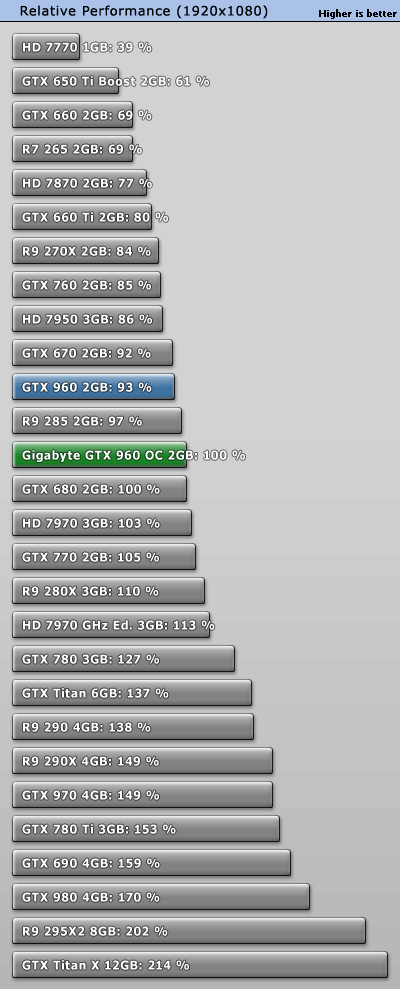Fake news propaganda?
I know architecture development is iterative for both AMD and Nvidia. I never said Nvidia revamped their entire architecture all over every other year, or did I? If I did, point me to it

All I do is look at results, and that is what I base my conclusions on. You know why? Because everything else is just marketing. AMD and renaming/rebranding is a close marriage, and Nvidia selling every revision as the latest and greatest is a similar marriage. It works well for each company in marketing. The end results = perf per shader, perf per watt, perf per mm2 of die space tell us the real story.
And the real story is this: whether AMD calls it RDNA, GCN 3000 or Ultra Revolution Twenty is irrelevant when all we get is that same performance level we've been looking at for the past 3 years and when everything they release thus far is the same crap rebranded, renamed or shrunk again. Poor
Vega Navi... 2 years and all we got was GDDR6. Pathetic.

Also, do you not see the irony with this?
That AMD, with all their revamps and revisions of GCN cannot seem to surpass perf/watt of Nvidia's GTX 200 days and also stalls at a performance level nearly 40% below it?
Do you even logic, buddy boy?







